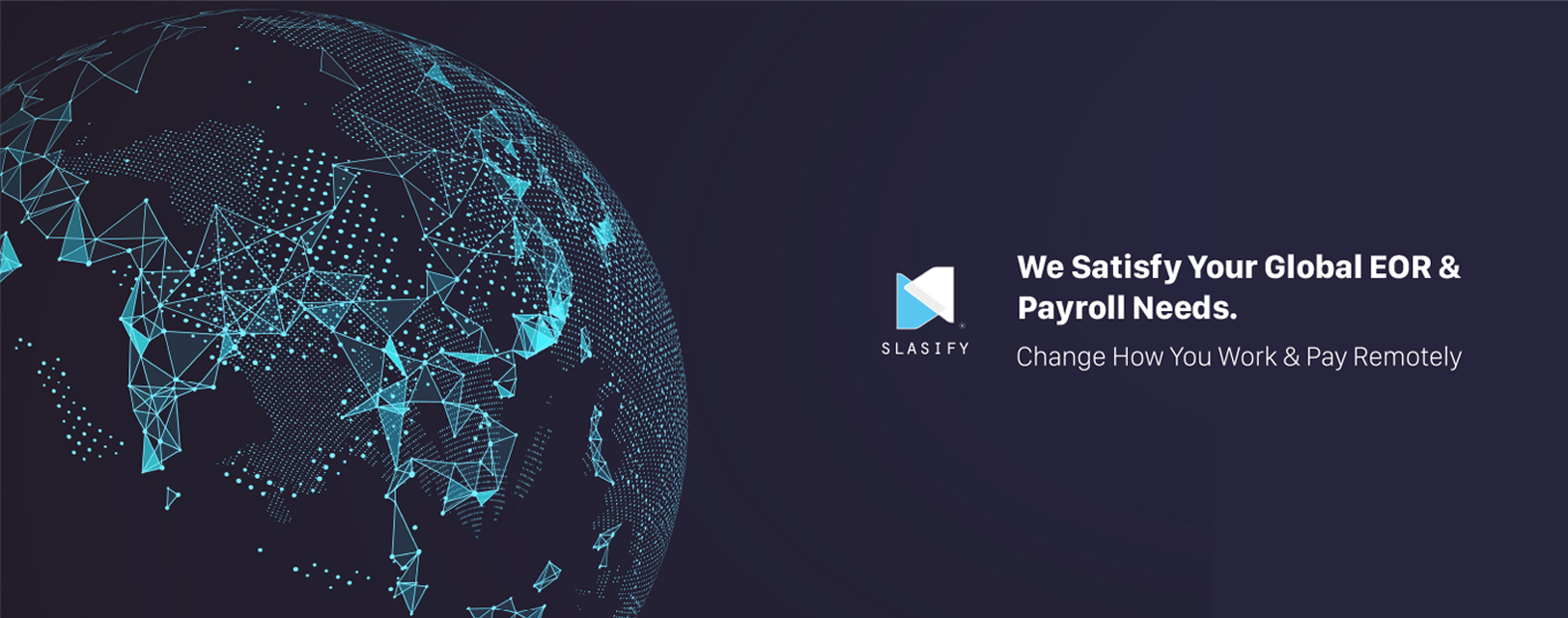Employer Contribution in Vietnam
A vibrant country nestled in Southeast Asia, Vietnam boasts a rich cultural heritage, breathtaking landscapes, and a rapidly evolving economy. With its robust market potential and favorable business environment, the Land of the Blue Dragon has become an enticing destination for companies looking to expand their operations. To successfully navigate Vietnam’s business landscape, it is crucial for organizations to familiarize themselves with the country’s labor regulations, particularly those related to social security contributions.
Employers in Vietnam are required to fulfill their obligations towards the social security programs overseen by the Vietnam Social Security (VSS). These obligations include making contributions to social insurance, health insurance and unemployment insurances in a bid to ensure that employees receive essential benefits and protections. By meeting these obligations, employers can demonstrate their commitment to maintain the well-being and security of their workforce, provide access to vital healthcare services and support in times of unemployment. Understanding and adhering to Vietnam’s social security requirements is a fundamental aspect of establishing a successful presence in the country as it fosters a positive working environment for both employers and employees alike.

Contributions for health and social insurances are based on salary and other fixed payments, capped at 20 times the common minimum salary. Effective July 2023, the common minimum salary is VND 1.8 million per month, meaning that the maximum salary being subjected to social security contributions is VND 36 million. On the other hand, the cap for unemployment insurance is set at 20 times the regional minimum salary. Hence, the region in which the company registers its headquarters will play a significant role in determining the amount of contribution employers are obligated to pay. A listing of the various localities under each region can be found in the appendix to Decree No. 38/2022/ND-CP.
Regional minimum wage in Vietnam for 2023
| Region | Monthly Minimum Wage (VND) |
| Region 1 | 4.68 M |
| Region 2 | 4.16 M |
| Region 3 | 3.64 M |
| Region 4 | 3.25 M |
In addition, unlike many of its neighbors, expats in Vietnam are not expected to contribute to the unemployment insurance.
Employer’s contribution
| Contribution Rates for Locals | Contribution Rates for Expatriates | |
| Health Insurance | 3% | 3% |
| Social Insurance – Sickness, Maternity | 3% | 3% |
| Social Insurance – Occupational diseases and accidents | 0.5% | 0.5% |
| Social Insurance – Retirement and Death | 14% | 14% |
| Unemployment Insurance | 1% | – |
| Total | 21.5% | 20.5% |
Employee’s contribution
| Contribution Rates for Locals | Contribution Rates for Expatriates | |
| Health Insurance | 1.5% | 1.5% |
| Social Insurance – Retirement and Death | 8% | 8% |
| Unemployment Insurance | 1% | – |
| Total | 10.5% | 9.5% |

Health Insurance Fund in Vietnam
The compulsory health insurance fund in Vietnam provides extensive coverage for both locals and expatriates. By obtaining a health insurance card, beneficiaries gain unrestricted access to medical care irrespective of age, duration of treatment, or total expenses. However, the benefits do vary (i.e. 100%, 95%, or 80% coverage for medical care costs) depending on the specific circumstances and the insured’s premium payment history. This robust insurance scheme aims to alleviate the financial burden associated with healthcare by giving individuals and families peace of mind during times of illness while fostering a sense of solidarity within the community.
The health insurance coverage can be summarized as follows:
| Coverage | Details |
| Medical Care | Full coverage for medical examinations, treatments, rehabilitation, regular pregnancy check-ups, and transfers to higher-level hospitals. |
| Medications | Coverage for over 1,000 medications, including treatments for cancers, rare diseases, and hemophilia. |
| Technical Services and Medical Materials | Coverage for over 9,000 technical services, medical materials, and high-cost surgeries like robotic surgery and joint replacements. |
| Inpatient Bed Expenses | Reimbursement based on hospital type, averaging six days of inpatient treatment. |
| Critical Diseases | Coverage for long-term or life-long treatment of critical diseases such as cancer, with substantial reimbursements provided. |
Unemployment Insurance in Vietnam
In Vietnam, the unemployment insurance system provides benefits to eligible individuals who have contributed to the unemployment insurance fund for at least 12 months. These individuals can receive monthly unemployment allowances amounting to 60% of the average insured salary earned in the preceding six months, capped at five times the regional minimum wage. It is important to note that these rules and benefits specifically apply to Vietnamese citizens and do not extend to expatriates.
To claim the allowance, unemployed individuals need to submit a request to an employment service center within three months of their termination and must demonstrate their inability to secure new employment within 15 days of the request. The number of monthly allowances an individual is entitled to depends on their contribution period, ranging from three monthly allowances for a contribution period of 12-36 months to an additional monthly allowance for every 12 months thereafter (up to a maximum total of 12 monthly allowances). Alongside financial support, unemployed individuals also have access to free employment counseling, recommendations based on their professional qualifications and up to six months of job training for those seeking reemployment opportunities.

Social Insurances in Vietnam
Sickness and Maternity
Employees are entitled to paid sick leave ranging from 30 to 60 working days per year under the Social Insurance Law, with those in heavy, hazardous, or dangerous jobs getting an extra 10 days. The social insurance scheme covers 75% of the insured’s salary during their sick leave, with reduced rates being applied after 180 days of leave. Furthermore, employees who have not fully recovered within 30 days of returning to work can take 5 to 10 days of convalescence and rehabilitation leave with a 30% per-diem allowance.
Notwithstanding the above sickness benefit, female employees can take 6 months of paid maternity leave, with the leave taken before childbirth not exceeding 2 months. An extra month per child is granted in the event of multiple births, and other additional leave may be granted based on other qualifying criteria. It is also important to point out that maternity leave also applies to mothers adopting children under 6 months old. The social insurance scheme will cover for the maternity allowance payable to these employees, calculated at 100% of their average salary in the 6 months preceding their leave, for the duration of their maternity leave.
Occupational Diseases and Accidents
The Social Insurance Law also guarantees compensation to employees experiencing a working capacity decrease of 5% or more due to workplace accidents or occupational diseases. This includes a lump sum or monthly allowances based on the degree of working capacity decrease the employee suffers from. In the unfortunate event of an employee’s death, their surviving relatives may receive a lump sum payment. Employees with ongoing health issues can take convalescence and rehabilitation leave with a per-diem allowance of 25%-40% of their basic salary.
Retirement and Death
Vietnam’s Social Insurance program includes retirement and death benefits. To qualify for retirement benefits, individuals generally need to contribute for at least 20 years for men and 15 years for women. Upon reaching the retirement age, individuals can start receiving monthly retirement pension payments based on their average earnings and contribution years. Those who do not meet the minimum contribution period may receive a lump sum payment instead. In the event of death, eligible survivors may receive a survivors’ pension based on the deceased pensioner’s earnings and contribution years, along with a funeral allowance to cover funeral expenses.
Slasify: Your payroll partner in Vietnam
While we have summarized the employer contribution in Vietnam together with a detailed guide to its benefits, there is still so much to know about the complex payroll landscape that is Vietnam. Therefore, seeking guidance from experts in the field is highly recommended to ensure compliance and streamline payroll processes. At Slasify, our team of professionals offers comprehensive solutions tailored to your specific needs, providing in-depth knowledge and assistance in understanding Vietnam’s labor regulations. Connect with us today to benefit from our expertise and seamless payroll processing services.
Slasify is designed for remote workers. We provide payroll calculation, social security payment and tax filing in more than 150 countries around the world, allowing business owners/talents to seamlessly connect with the world. We have practical experience in serving the world’s top 100 companies. If you have relevant needs, please feel free to contact us.
In addition, if you are a “remote worker” or are on the way to becoming a “remote worker”, and if you want to know more about it, you are welcome to visit Slasify’s website. If you have any questions, you are welcome to write an email to us!




